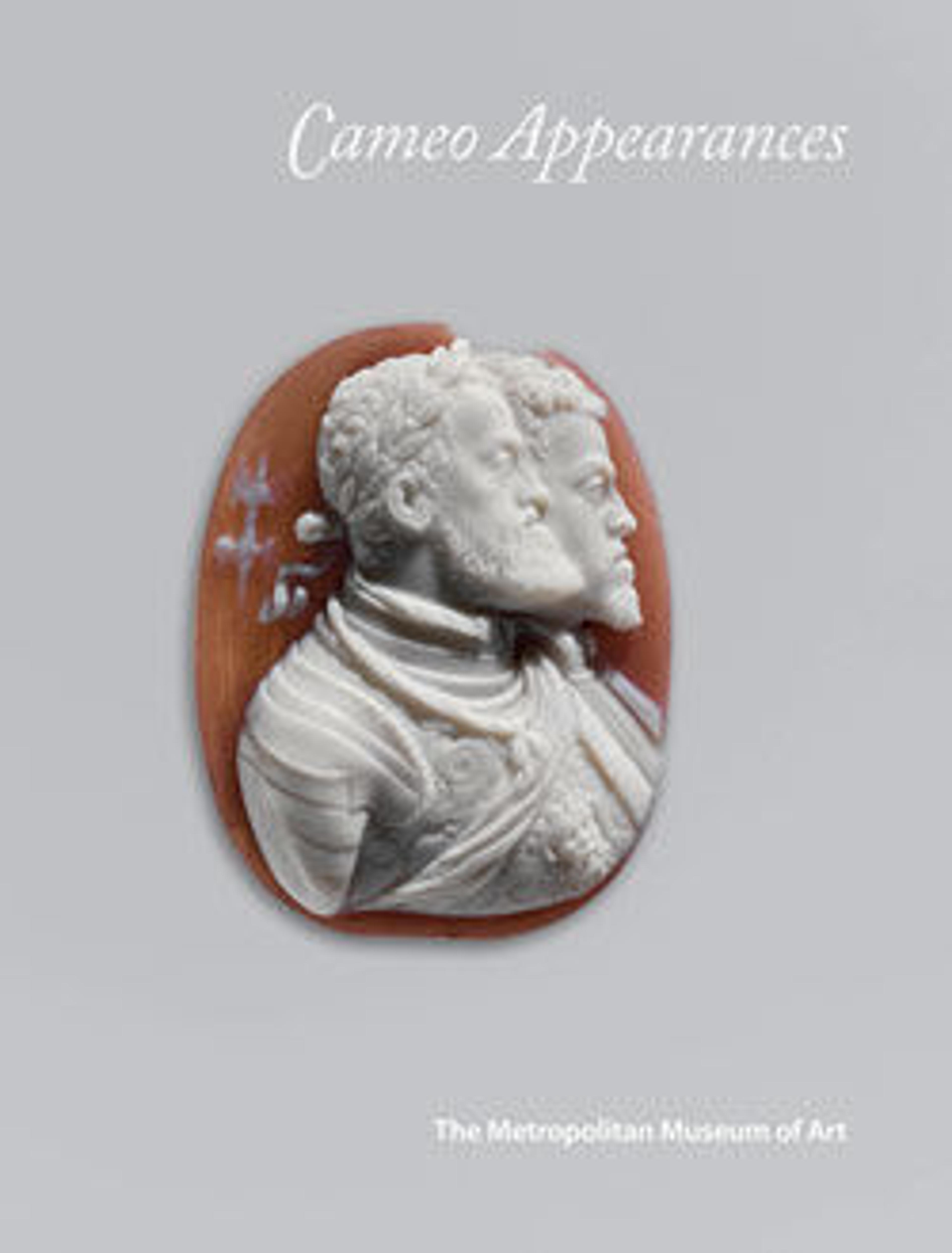Glass cameo plate fragment
Translucent deep cobalt blue and opaque white.
Thick-walled fragment of large circular dish with gently curving side and part of bottom.
On exterior, recessed molding of circular base ring; on interior, decoration carved in white overlay with a raised circular frame of beading surrounding a figural scene of two cupids pulling the chariot of Venus over the sea; the front of the car, decorated with fine incised scrolls, survives along with a large part of the eight-spoked left wheel whose lower part is sunk below the waves; in front of the car one cupid has just risen from the sea but only his legs survive; the other cupid swims below in the choppy sea, his wings are visible behind his back, his head is raised, and his proper right arm is outstretched, but most of his body is hidden below the waves. The cameo decoration fills the center of the shallow dish, surrounded by a plain cavetto in blue ground.
Broken on all sides, with many chipped edges; surface scratches on exterior; dulling, slight pitting, faint iridescence, and patches of creamy brown weathering.
Specialized skills were required to produce cast slabs or blown vessels of layered glass, and to these were added delicate carving of the layers to create artistic representations of the highest quality. This fragment, which comes from a large plate more than one foot in diameter, is decorated with a scene of cupids pulling a chariot across the sea.
Thick-walled fragment of large circular dish with gently curving side and part of bottom.
On exterior, recessed molding of circular base ring; on interior, decoration carved in white overlay with a raised circular frame of beading surrounding a figural scene of two cupids pulling the chariot of Venus over the sea; the front of the car, decorated with fine incised scrolls, survives along with a large part of the eight-spoked left wheel whose lower part is sunk below the waves; in front of the car one cupid has just risen from the sea but only his legs survive; the other cupid swims below in the choppy sea, his wings are visible behind his back, his head is raised, and his proper right arm is outstretched, but most of his body is hidden below the waves. The cameo decoration fills the center of the shallow dish, surrounded by a plain cavetto in blue ground.
Broken on all sides, with many chipped edges; surface scratches on exterior; dulling, slight pitting, faint iridescence, and patches of creamy brown weathering.
Specialized skills were required to produce cast slabs or blown vessels of layered glass, and to these were added delicate carving of the layers to create artistic representations of the highest quality. This fragment, which comes from a large plate more than one foot in diameter, is decorated with a scene of cupids pulling a chariot across the sea.
Artwork Details
- Title: Glass cameo plate fragment
- Period: Early Imperial, Julio-Claudian or Flavian
- Date: 1st century CE
- Culture: Roman
- Medium: Glass; cast and cut
- Dimensions: H.: 6 x 4 7/8 in. (15.3 x 12.4 cm)
- Classification: Glass
- Credit Line: Gift of J. Pierpont Morgan, 1917
- Object Number: 17.194.358
- Curatorial Department: Greek and Roman Art
More Artwork
Research Resources
The Met provides unparalleled resources for research and welcomes an international community of students and scholars. The Met's Open Access API is where creators and researchers can connect to the The Met collection. Open Access data and public domain images are available for unrestricted commercial and noncommercial use without permission or fee.
To request images under copyright and other restrictions, please use this Image Request form.
Feedback
We continue to research and examine historical and cultural context for objects in The Met collection. If you have comments or questions about this object record, please contact us using the form below. The Museum looks forward to receiving your comments.
